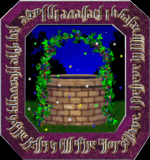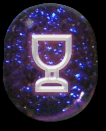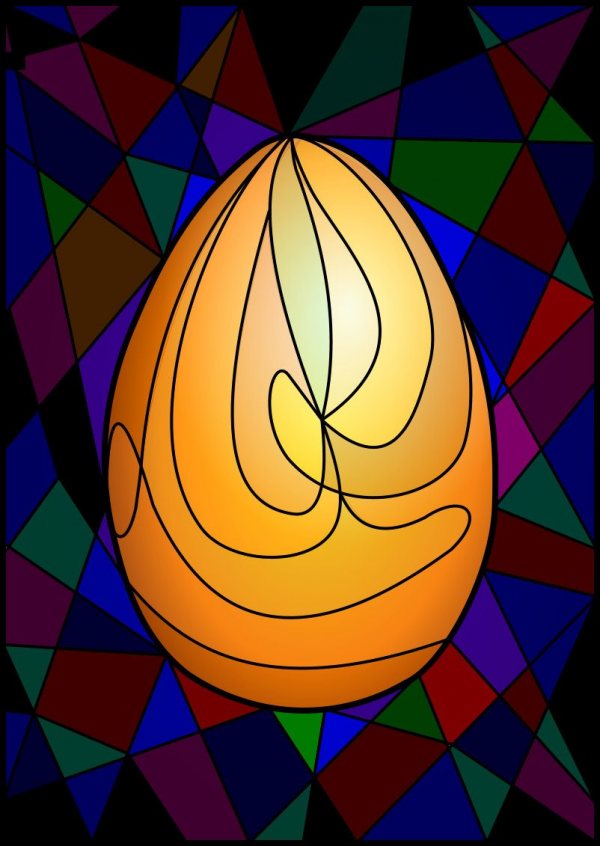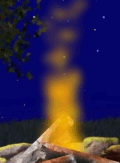Bilberry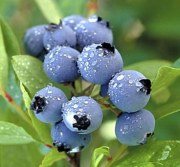
This fruit, which belongs to the Cranberry order of plants, grows abundantly throughout England in heathy and mountainous districts. The small-branched shrub bears globular, wax-like flowers, and black berries, which are covered, when quite fresh, with a grey bloom.
Added Jun 12, 2010
| 8,201 Reads
In the West of England the Bilberries are popularly called "whorts," and they ripen about the time of St. James' Feast, July 25th. Other names for the fruit are Blueberry, Bulberry, Hurtleberry, and Huckleberry. The title Whinberry has been acquired from its growing on Whins, or Heaths; and Bilberry signifies dark coloured; whence likewise comes Blackwort as distinguished in its aspect from the Cowberry and the Cranberry. By a corruption the original word Myrtleberry has suffered change of its initial M into W. (Whortlebery.) In the middle ages the Myrtleberry was used in medicine and cookery, to which berry the Whortleberry bears a strong resemblance. It is agreeable to the taste, and may be made into tarts, but proves mawkish unless mixed with some more acid fruit. The Bilberry (Vaccinium Myrtillus) is an admirable astringent, and should be included as such among the domestic medicines of the housewife. If some good brandy be poured over two handfuls of the fruit in a bottle, this will make an extract which continually improves by being kept. Obstinate diarrhoea may be cured by giving doses of a tablespoonful of this extract taken with a wineglassful of warm water, and repeated at intervals of two hours whilst needed, even for the more severe cases of dysenteric diarrhoea. The berries contain chemically much tannin. Their stain on the lips may be quickly effaced by sucking at a lemon. In Devonshire they are eaten at table with cream. The Irish call them "frawns." If the first tender leaves are properly gathered and dried, they can scarcely be distinguished from good tea. Moor game live on these berries in the autumn. Their juice will stain paper or linen purple:— "Sanguineo splendore rosas vaccinia nigro, They are also called in some counties, Blaeberries, Truckleberries, and Blackhearts. The extract of Bilberry is found to be a very useful application for curing such skin diseases as scaly eczema, and other eczema which is not moist or pustulous; also for burns and scalds. Some of the extract is to be laid thickly on the cleansed skin with a camel hairbrush, and a thin layer of cotton wool to be spread over it, the whole being fastened with a calico or gauze bandage. This should be changed gently once a day. Another Vaccinium (oxycoccos), the Marsh Whortleberry, or Cranberry, or Fenberry—from growing in fens—is found in peat bogs, chiefly in the North. This is a low plant with straggling wiry stems, and solitary terminal bright red flowers, of which the segments are bent back in a singular manner. Its fruit likewise makes excellent tarts, and forms a considerable article of commerce at Langtown, on the borders of Cumberland. The fruit stalks are crooked at the top, and before the blossom expands they resemble the head and neck of a crane.
Added Jun 12, 2010
| 8,201 Reads
Share The Magic ...
The GoE MONEY!!! Course - A Course In Real MONEY MAGIC!
|

